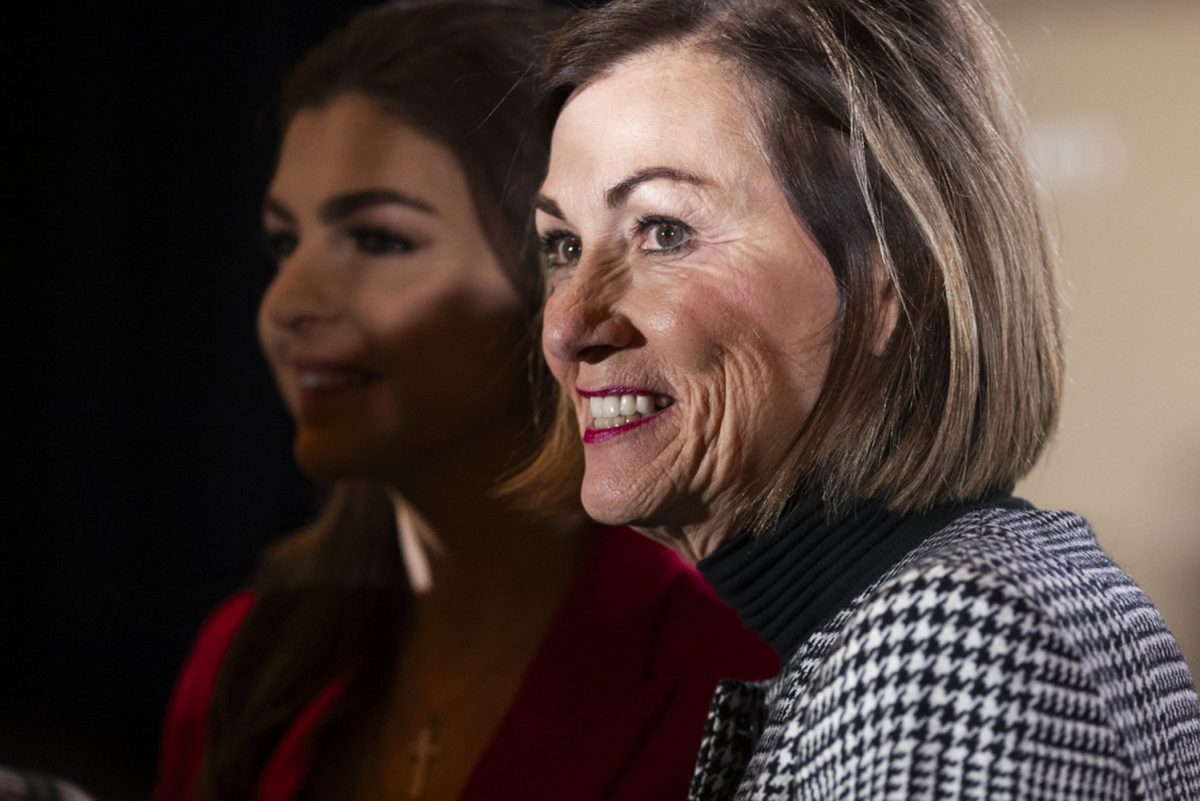By Travis Coltrain
Through my high-school career I had the wonderful opportunity of attending two very different schools; one was a school that threw all its money into the sports programs, while the other was a school made specifically for the arts. These schools gave me a chance to see the two opposing worlds that valued the same thing, extracurricular skills. Even though the two worlds are so similar, they seem to always blast each other because of funding.
Many believe sports programs get the main bulk of federal funding while the arts are left with the scraps. However, this isn’t entirely true. In recent years, even sports programs have been under attack with schools nationwide cutting many of their various sports teams. In 2012, for example, the University of Maryland cut seven of its sports teams because of lack of funding.
This raises the question: Which is more important and which helps students more? Speaking bluntly, both benefit students in pretty similar ways that a typical classroom education never could. This is a topic teachers all across the United States have tried to make apparent. By cutting these programs, you are in a sense cutting out entire pieces of children’s lives.
Both arts and sports require hours of dedication, practice, and lessons, while also increasing students’ happiness. This is something most students don’t get out of a typical classroom, because it’s simply not the norm for them to enjoy school — or at least it wasn’t the norm for me and those I knew.
However, giving students an ultimatum also gives them a reason to do well and attend school. For example, all sports and arts programs have a minimum GPA and attendance standard. This standard is the only thing standing between some students and failure.
Some believe these two programs actually take away from education, because both sports and arts require extra time commitments for practices, meets, rehearsals, and performances, time that could be spent doing schoolwork.
While this is a valid point, a study done by researchers at UCLA in 1997 showed that students involved in arts programs performed better at standardized tests. The programs are equally as important as they are influential. When speaking about the aspects of graduation rates in schools, it’s been shown students involved in extracurricular activities tend to graduate and move on to higher education more so than students from schools without these programs, according to data in the National Education Longitudinal Study of more than 12,000 high-school students.
When looking at the activities in inner city schools, the Australian Sports Commission has shown Australian school districts that pour more money into sports programs also tend to have a decrease in crime. A study from the University of Chicago also showed that arrests for violent crimes decreased by 44 percent during the time that a sports program for more that 800 boys was being held. This shows these programs extend past just an educational sense and can even make the difference between a life in the streets and a life at college for some students.
While I do believe the allocated funds between the two aren’t always fair, I noticed throughout my years of high school how much these programs meant to not only the student population but the teaching administration as well.
Ultimately, the two programs teach students as much as the classroom does while also helping their mental health by giving an outlet for emotion.










